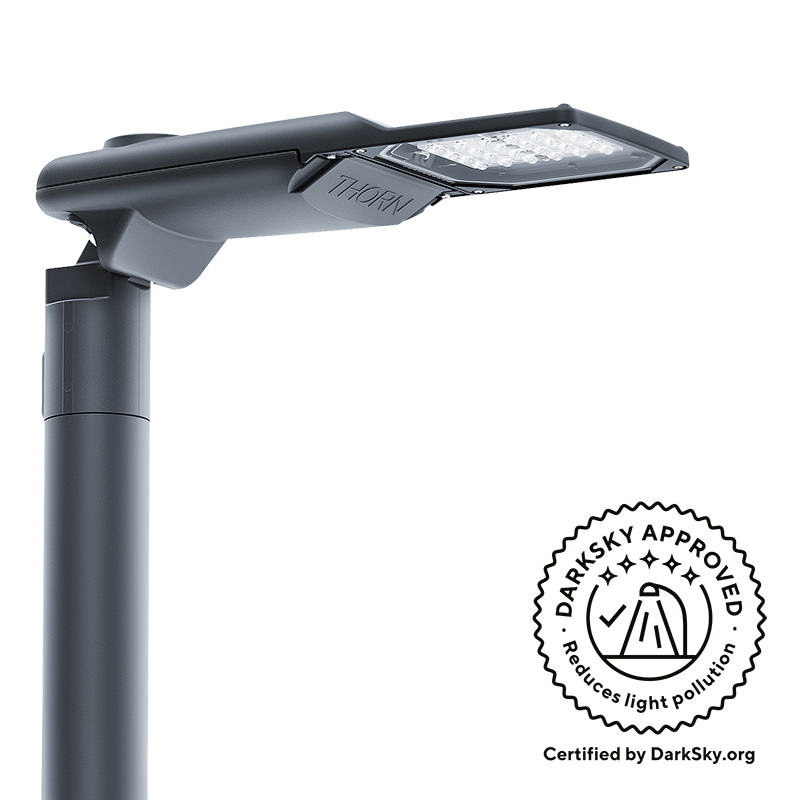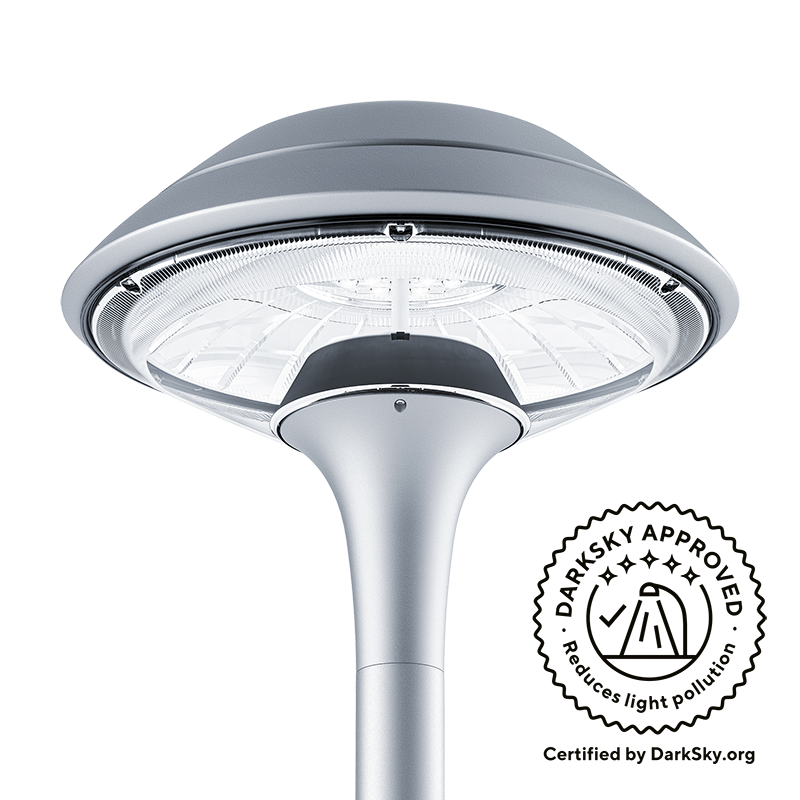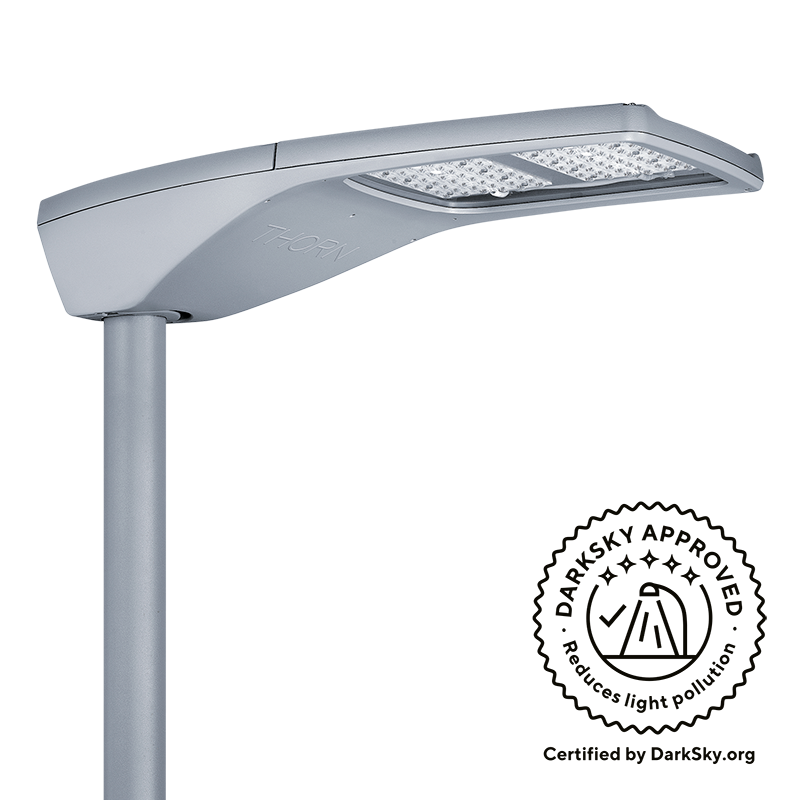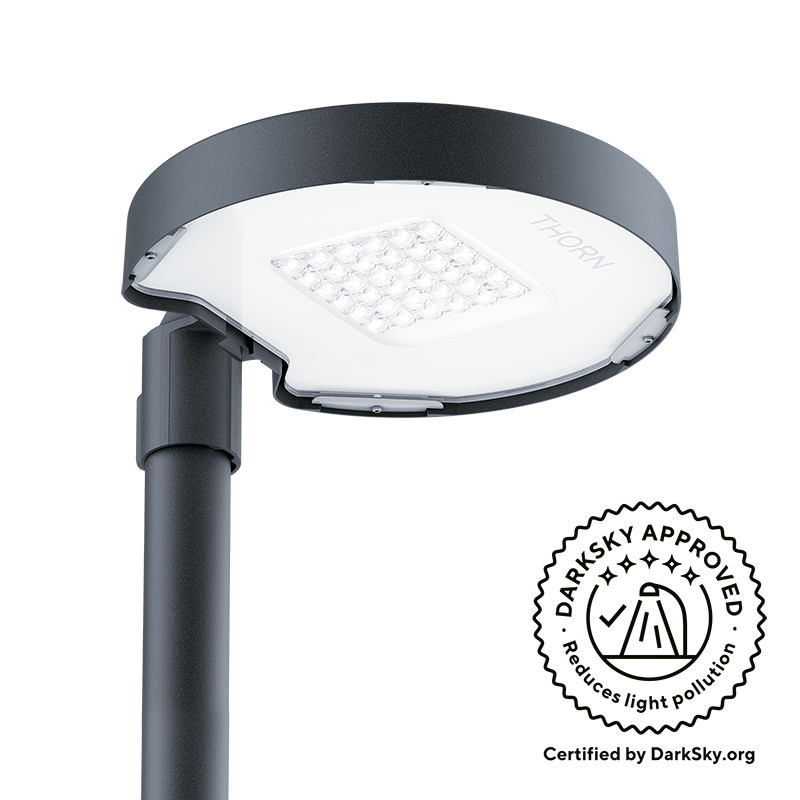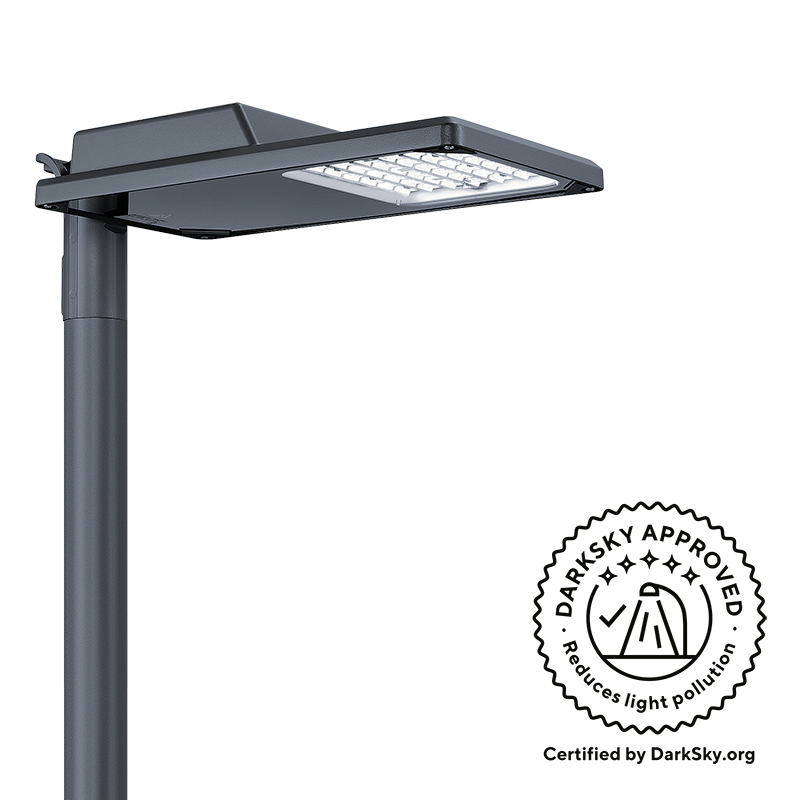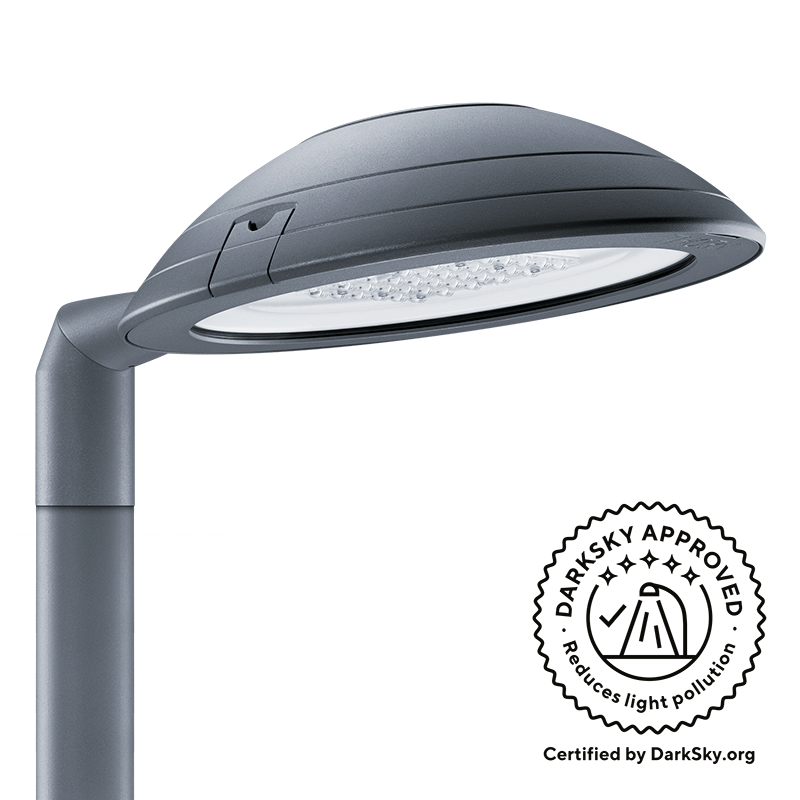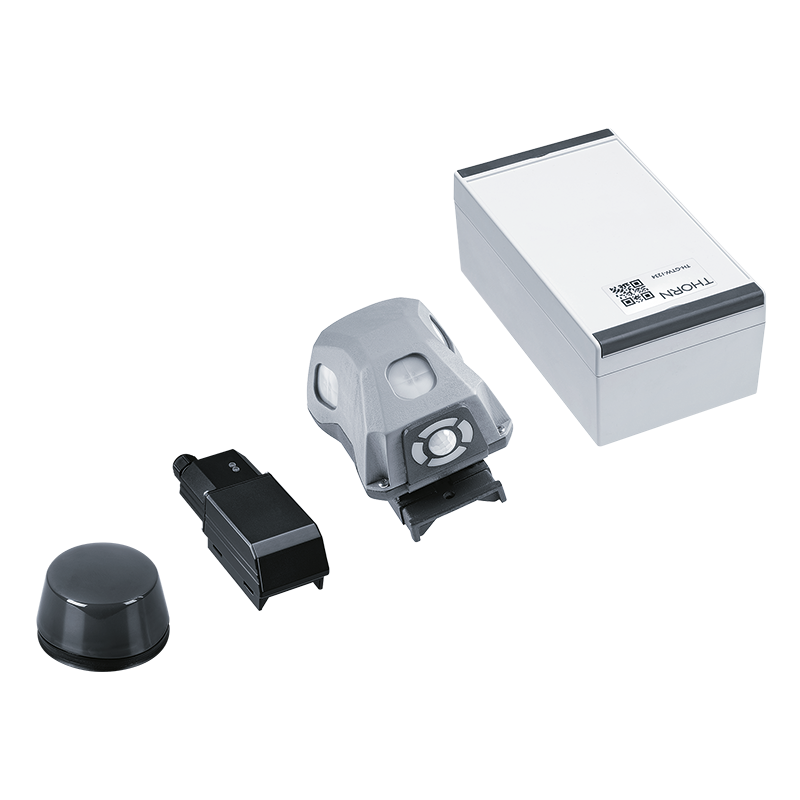ROAD AND STREET LIGHTING

Where innovation meets efficiency
LIGHTING FOR SAFETY, VISIBILITY AND ACCESSIBILITY
Thorn Lighting is dedicated to providing exceptional lighting solutions for road and street applications. We understand the critical role of light in ensuring visibility, safety, and accessibility in urban and suburban environments. Our innovative LED fixtures and smart lighting systems effectively balance energy efficiency with the control of light pollution. We’re committed to creating well-lit, sustainable, and environmentally conscious spaces.

SUSTAINABLE JOURNEYS
Balancing safety with protecting the night sky
The first electric street lamps in Paris in 1878 marked the beginning of electric lighting’s widespread adoption, replacing gas lighting in most cities by the early 1900s. Since then, our world has been bathed in familiar illumination. In the early 2000s, the advent of LED lighting ushered in an era of energy conservation, significantly advancing our global sustainability goals for road and street lighting. With a growing awareness of blue light’s detrimental impact on nocturnal biodiversity and advancements in control systems, achieving a balance between enhanced safety at night, night sky preservation, and reduced energy consumption is now more achievable
In 2020, Thorn Lighting partnered with DarkSky International, pledging to develop solutions for nocturnal biodiversity, night sky preservation, and human safety. Our extensive range of DarkSky accredited luminaires and NightTune technology provides warmer, lower-intensity lighting at night. Combined with the UrbaSens Civic Connect control system, we offer a comprehensive range of sustainable solutions.

NIGHTTUNE TECHNOLOGY
PROTECTING PEOPLE AND PLANET
By adopting our range of International Dark Skies accredited luminaires you can help minimise light pollution. Our unique NightTune technology additionally utilises lower lumen output and warmer colour temperatures when full output is not required. For more information on the positive impact that NightTune technology has on nocturnal biodiversity and the night sky, please scan the QR code below to read our NightTune whitepaper.
Light should have a clear purpose before being installed or upgraded and should be directly targeted. To have a dark sky conscious installation there should be 0 % upward light spill when a luminaire is mounted at 90 degrees. The light levels should not exceed the required levels and special attention should be paid to potential reflecting surfaces. Implementation of good lighting control can help to ensure that night time illumination can adapt to a community’s requirements. When it comes to colour temperature, the use of warmer colour temperatures can assist in minimising the amount of blue light local biodiversity may experience.
